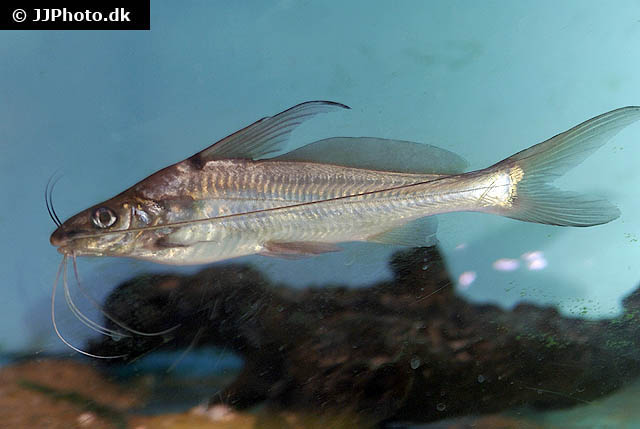| Bagridae (Bagrid catfishes) |
| 19.04 cm SL (male/unsexed) |
|
demersal; freshwater |
| Asia: Irrawaddy and Salween river drainages as well as the shorter drainages in Myanmar. |
|
Dorsal spines (total): 1-1; Dorsal soft rays (total): 7-7; Anal soft rays: 10-13; Vertebrae: 40-44. Distinguished from other congeners with a long-based adipose fin (except Mystus cavasius and M. seengtee) in having a combination of a black spot in front of the dorsal-spine base, a dark humeral mark, a body without distinct midlateral stripes, very long maxillary barbels reaching to caudal-fin base, dorsal spine short and feebly serrate, tall dorsal fin, and 22-29 rakers on the first gill arch. Differs from M. cavasius and M. seengtee in possessing a very prominent dark spot at the base of the dorsal spine, a crescentic dark humeral mark, and a dorsal fin with very elongate first and second rays and a markedly concave dorsoposterior margin. The black spot in front of dorsal-spine base is also more prominent in the preserved material of M. falcarius than in either M. cavasius and M. seengtee. Differs further from M. cavasius in having more gill rakers, 22-29 vs. 13-22 (Ref. 56668).
Description: Pelvic fin with i,5 rays; anal fin with iv,6, iv,7, iv,8 or iv,9 rays (Ref. 56668). |
| Oviparous, distinct pairing possibly like other members of the same family (Ref. 205). |
|
Least Concern (LC); Date assessed: 22 December 2009 Ref. (130435)
|
| harmless |
|
Source and more info: www.fishbase.org. For personal, classroom, and other internal use only. Not for publication.

